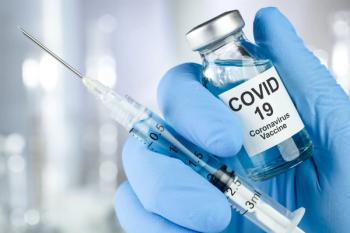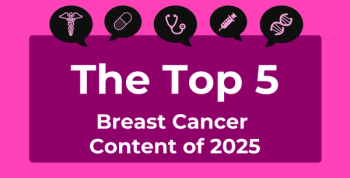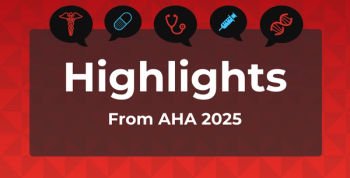
Better Uptake Found for Recently Launched vs Older Biosimilars
A study examining how US biosimilar uptake has evolved found that biosimilars launched more recently have seen better uptake than biosimilars that have been on the market for a longer period.
Although
The retrospective analysis,
“Our findings can provide insight into future policy reforms aimed at increasing competition and use of biosimilars, leading to expanded patient access and significant cost savings,” wrote the authors.
Biologic drugs accounted for 38% of all US pharmaceutical spending in 2015 and 70% of drug spending growth between 2010 to 2015 despite only accounting for 1% to 2% of drug utilization.
For decades, lowering prescription drug costs has been a major focus for politicians and has resulted in several pieces of legislation, including the Biologics Price Competition and Innovation Act (
To begin to understand this, the investigators collected sales data between January 2005 and December 2019 from IQVIA on biosimilars and follow-on biologics, or products not approved under the BPCIA but still considered biosimilars by countries outside of the United States.
At the end of 2019, 12 biosimilars and 12 follow-on products had launched on the US market. The investigators excluded the only rituximab biosimilar from their analysis because it launched in November 2019 and did not have a lot of meaningful data.
The remaining 23 products had a mean of 92 months of data per product, with some providing as much as 180 months of data. By the end of 2019, the market shares of the reference products for all of the included biosimilars and follow-ons ranged from 8% to 87%, with a median of 77%.
The results showed that reference products facing competition from biosimilar and follow-ons that launched in 2018 or later experienced a faster decline in market share than reference products competing with earlier entrants.
Additionally, price ratios observed in most classes with later-launching products had steeper declines than classes with earlier-launching biosimilars and follow-ons. The price of reference trastuzumab (Herceptin), bevacizumab (Avastin), and pegfilgrastim (Neulasta), which all saw their first biosimilar competitor launch during the final 2 years of study period, were lower than most of the other reference products examined.
Reference
“As the only product in our sample that was
During a regression analysis, the investigators found that each additional month of biosimilar or follow-on competition was associated with an average 0.462-percentage-point decline in reference product market share. For biosimilars and follow-on products, an average annual 5.54-percentage-point increase in market share was observed.
Additionally, markets that have more recent biosimilars or follow-on competition had faster drops in market share for reference products, resulting in an additional 0.287-percentage-point decline for reference products each month and a 3.44-percentage-point annual increase for biosimilars and follow-on products.
“The coming years will inform whether the steep decline in reference-product market share observed in later-entrant product classes represents a new normal for a maturing biosimilar marketplace, as well as how far reference-product market shares may ultimately decline,” the authors noted.
They listed several study limitations, including the relatively short marketing period for biosimilars in the United States, the limited availability and completeness of price data, and a potential underestimation of the speed and size of biosimilar uptake. The investigators also couldn’t compare biosimilar uptake with that of generic drugs because biosimilars are not administered at retail pharmacies.
“Although open questions remain, early data on biosimilar/follow-on product competition in the United States reveals both growing adoption as well as heterogeneity among buyers, indicating that more targeted polices, incentives, and information campaigns may be helpful in stimulating future use,” wrote the authors.
Reference
Stern AD, Chen JL, Ouellet M, et al. Biosimilars and follow-on products in the United States: Adoption, prices, and users. Health Aff. 2021;40(6):989-999. doi:10.1377/hlthaff.2020.02239
Newsletter
Stay ahead of policy, cost, and value—subscribe to AJMC for expert insights at the intersection of clinical care and health economics.









































